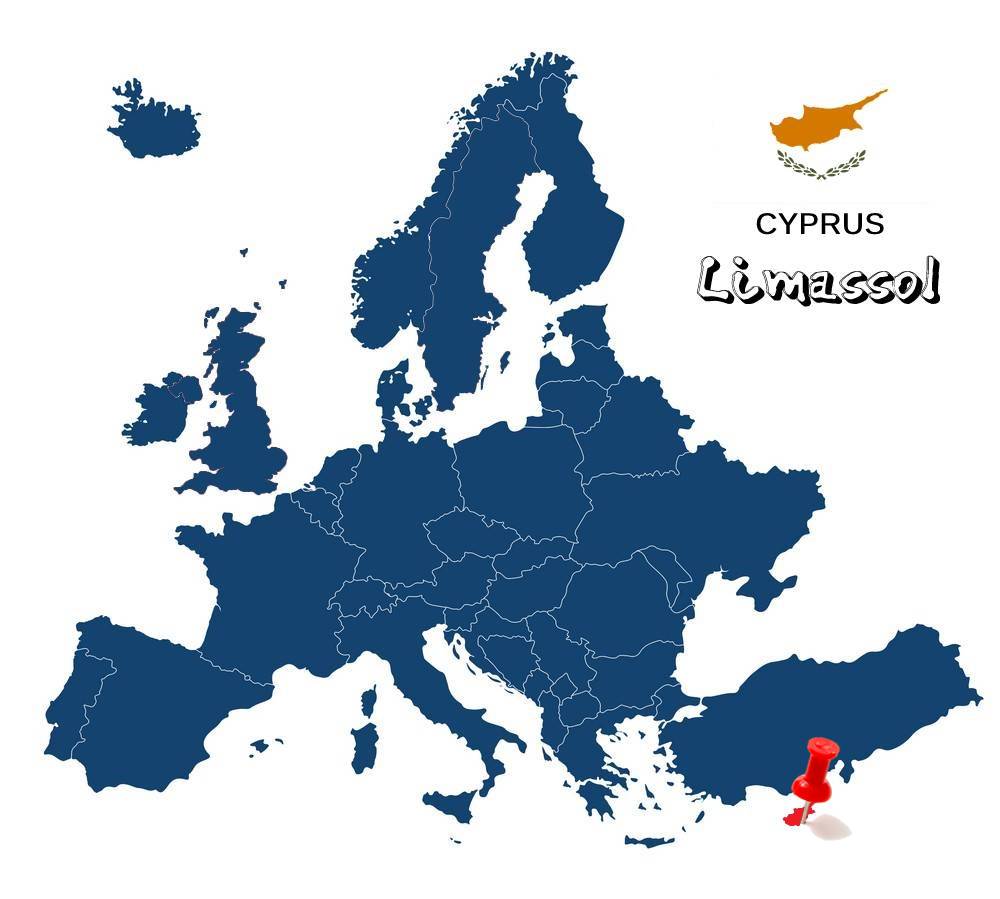
The second largest city in Cyprus will win you over from the very first moment. It is an attractive city, especially youthful, with a rich nightlife, an extraordinary promenade, countless picturesque alleys and fascinating sights.
A few words about the city
Limassol is located in the southern part of Cyprus and is the second largest city in the country, with a population of 237.000 inhabitants. The city was originally called Nemesos, a name that came from the Goddess nemesis, but over the years the demotic type of Limassol was established! It is also the largest port of the island and one of the largest in the Eastern Mediterranean, while it was particularly developed after 1974, when the other significant port of Cyprus, Famagusta, was lost due to the Turkish invasion. It has a lively nightlife, while maintaining its cosmopolitan character and cultural tradition. So I chose for you, what I consider worthy of attention for someone visiting the city for the first time.
Molos
The first image that comes to the mind of anyone who has visited Limassol is, of course, Molos. It is an enormous pedestrian street full of towering palm trees, which covers almost the entire coastal front of the city. It starts from the Old Port and reaches the beach of Olympios, while it is characterized by many as one of the loveliest parks in the Mediterranean. In addition to enjoying a unique walk by the sea, visitors will have the opportunity to sit in one of the dozens of cafes, taste the local cuisine in the picturesque restaurants and become children again in the various small theme parks!
Old Town
The old town of Limassol is one of its most charming spots. Narrow streets, lively pedestrian streets, old abandoned buildings, stone-built galleries, mosques and churches are just some of what you will find there. It is an ideal place to eat or drink, as it hosts some of the best restaurants-taverns in the city, while it is full of life even in the evening hours. In the old town you will also find the municipal market, which has a wide variety of Cypriot fruits, vegetables and meat, but also the Limassol Castle, which I will refer to immediately below.
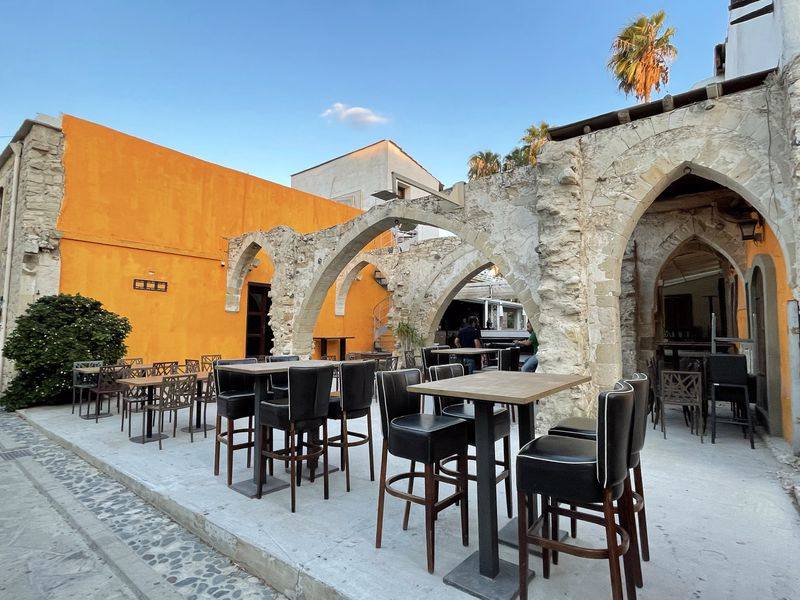
Limassol Castle
Limassol Castle is undoubtedly the most recognizable attraction of the city. When this medieval building was constructed is unknown, but the earliest mention of it comes in 1128, when Frederick II of Germany imprisoned hostages there by the Viceroy of Cyprus Ivelinus! Its current form, however, dates back to the late 16th century, during the Turkish occupation, when it was erected on an earlier Byzantine castle of much larger dimensions. Over the centuries it was used as a prison and provincial Archaeological Museum, while today it functions as a Medieval Museum. Finally, according to tradition here King Richard the Lionheart married his beloved Berengaria and also crowned her Queen of England. Admission costs 4.5e.
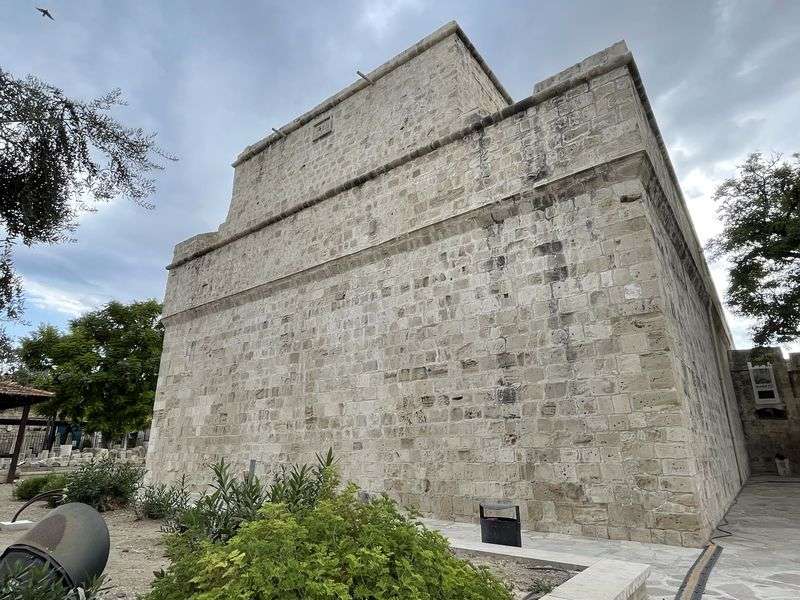
Archaeological Museum
The Archaeological Museum of Limassol was founded in 1948 and was originally housed in the medieval castle of the city. After the riots of 1964, the castle was handed over to the National Guard and so the museum remained closed for a long time. In 1972 the construction of a new building began and finally reopened in March 1975. There are exhibited finds covering all antiquity, from the 10th millennium BC until the end of the Roman period, which originated in the city and province of Limassol. These artifacts were found both during systematic and rescue excavations carried out in the area by the Department of Antiquities and by various foreign archaeological expeditions. Entrance to the museum is free.

Ayia Napa Cathedral
The Cathedral of Ayia Napa is characterized as a point of reference and historical importance for the city. It is dedicated to the Virgin Mary and is located in the heart of the old town, on St. Andrew Street. The church was built in the late 19th to early 20th century, on the ruins of an older and smaller Byzantine church and is a unique architectural gem with elements of traditional Byzantine architecture. The origin of the temple's name is a mystery, with two being the prevailing versions. The first says that it got its name from an image of the Virgin found in a valley, as Napa in Latin means forest. While the other version claims that the Cathedral was named after the earlier church, which was dedicated to the Holy Mandelion of Saint Veronica, known as Saint Nape. Admission is of course free.
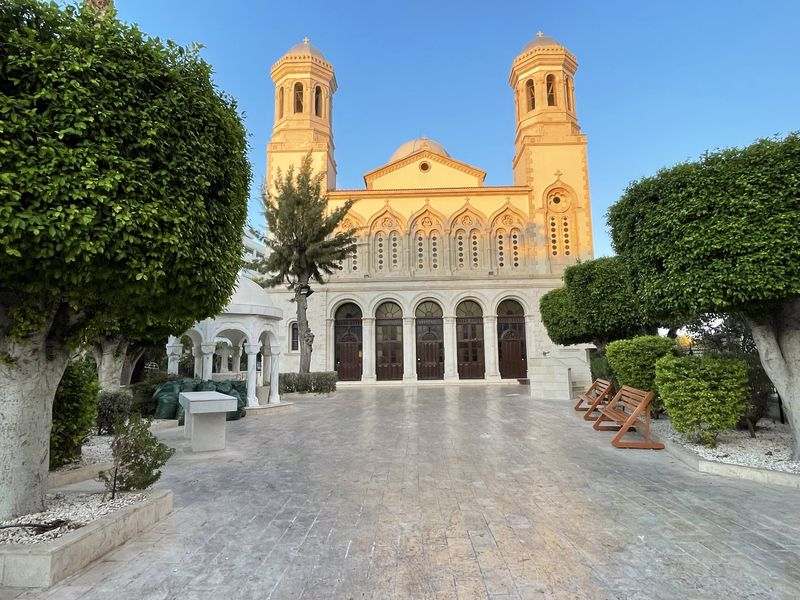
Churches
In addition to the Ayia Napa Cathedral, which I mentioned above, in Limassol there are several more churches that deserve your attention. The most famous of these is Panagia Pantanassa, which is located in the same area as the bishop's palace. The building we see today began to be built in 1919, in a place where there have always been temples since the Frankish period.
Also of particular interest is the Church of Saint Antony, which is located on the left bank of the Garyllis River and was built in 1870. Near the beach is also the Church of Saints Andronikos and Athanasia. This small church, which began to be constructed in 1835 and was completed in 1864, had also functioned as the Cathedral of Limassol!
Finally, do not miss a visit to the small Church of St. Mamas, the Parish Church of St. Zoni, the Church of St. Marina, the Chapel of the Holy Trinity, the Church of St. Thekla, the small Chapel of St. George and the Frangokklisia (Catholic Church) dedicated to Saint Catherine (Santa Catherina).
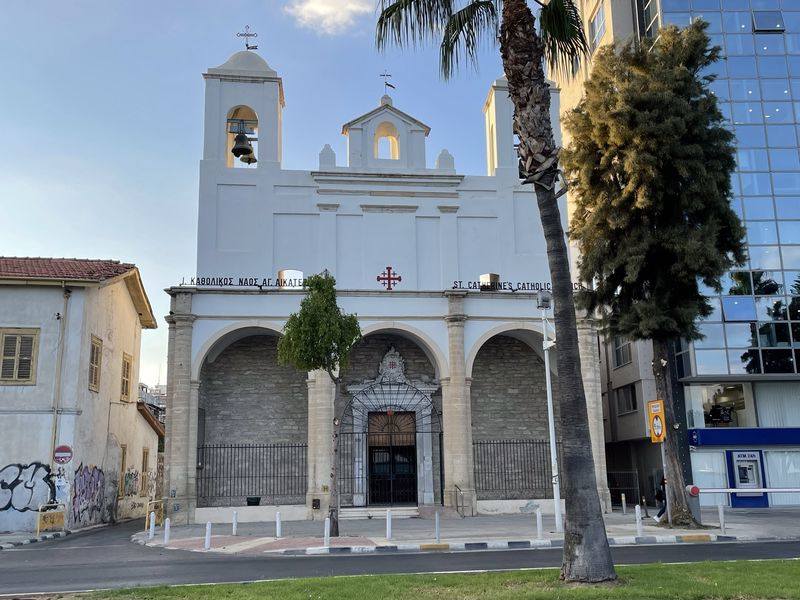
Kebir Mosque
However, some interesting mosques are preserved in the city, the most important of which is the Kebir Mosque, or Great Mosque, as it is known. It is located in the old Turkish quarter and was built in the 16th century. It is still in operation today, being one of the most crucial places of worship for the city's Muslims. According to recent excavations to the east of the mosque, some architectural remains of the 10th century cathedral of Saint Catherine were revealed. Entry is of course free.
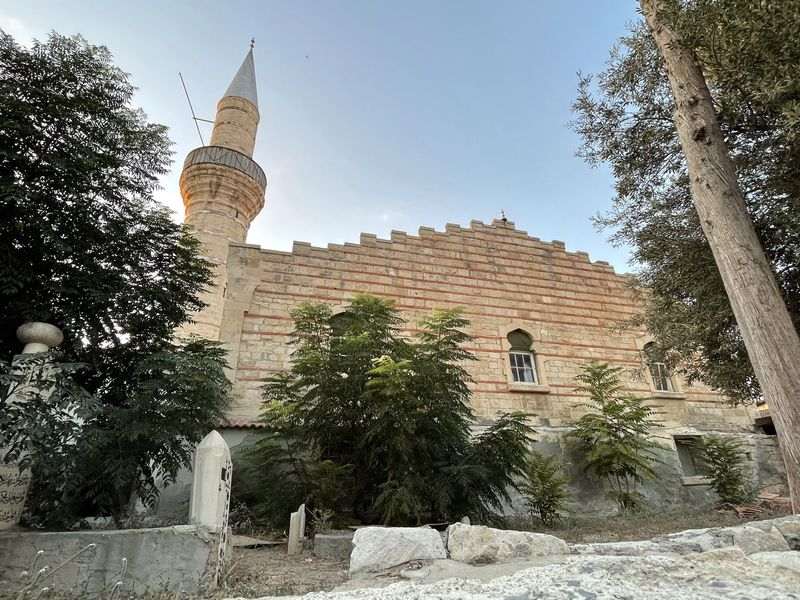
Archaeological Site of Kourion
Just fifteen minutes from the city of Limassol you will find one of the most important archaeological sites in the whole of Cyprus, that of Kourion. The ancient city-kingdom was built on the hills of the area, overlooking and controlling in this way the fertile valley of the river Kouris. According to archaeological findings, Kourion was associated with the Greek myth of Argos in the Peloponnese, where its inhabitants believed that they were descendants of immigrants who arrived in Cyprus from Argos. Unfortunately, the once thriving city was destroyed after the massive earthquake of 365 AD! The impressive mosaic floors, the ruins of the Roman Forum with the baths and of course, the Greco-Roman theater with the wonderful acoustics steal the show. The theater, with a capacity of 3,500, during the summer season hosts performances, concerts and other cultural events. Admission costs 4.5e.
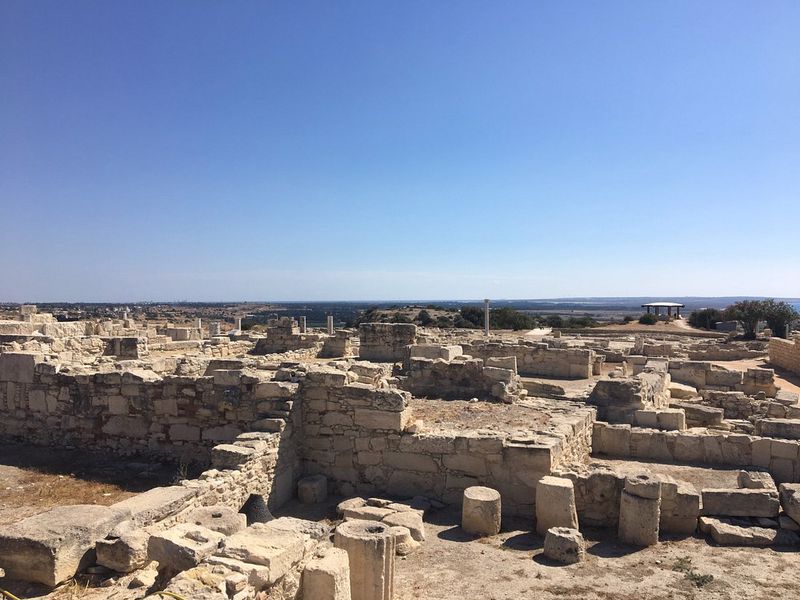
How to go
There is no airport in Limassol, so if you wanna visit the city you must initially go to another Cypriot city. The most economical and flexible option comes from Wizzair, which with proper planning one can find tickets starting from 31€ round trip to Larnaca! Cheap tickets to the same destination are also offered by Sky Express and Aegean. Plus, you can fly with Ryanair to Paphos for 37€ round trip and from there go to the city by bus.
Where to stay
In Limassol, as in all of Cyprus of course, accommodation is quite expensive. For this I would suggest being very careful with what you select as the value for money is usually not very good. My suggestion is to choose Christodolou Chatzipavlou Street for accommodation, so that you are close to everything. So my choice is the Metropole Hotel. This is a hotel on the coastal road, with delightful rooms and wonderful views!
How to move
The most important thing to know about traveling in Cyprus is that driving is done from the left, a remnant of the English rule on the island. So if you want to rent a car, you should keep this in mind! Limassol is a city that stretches parallel to its coastal road and its old town. There are most of the attractions, accommodation, restaurants and generally everything you will need. The distances are relatively short, and you can walk them, but Limassol has several buses that cover the whole city and its suburbs. The ticket costs 1.5e and you get it from the driver. There are also intercity buses for transportation from city to city with the ticket costing 4e, while you can also issue a return ticket at 7e. Ultimately, Uber operates all over Cyprus, so you can use this application to call a taxi.
What to eat
Cypriot cuisine is relatively close to Greek and Turkish cuisine, and has been influenced by those who passed through the island as well as its neighbors. Due to its fertile soil, Cyprus has a large crop of vegetables and fruits, which are among the best in Europe. As in Arabic, Turkish and Greek cuisine, meze is widespread in Cyprus. It is a set of snacks that, with a considerable number of ingredients, can be made and main course. Some of the traditional products-dishes of Cyprus are halloumi, seftalia, Koupepia, Afelia, Kolokasi, Karaoli giachni, ravioli, mugs, potatoes and meats on the spit. To taste authentic Cypriot flavors, I recommend visiting Karatello and Meze Taverna Restaurant, while for quality fast food Thymari.
Useful information

In Cyprus we travel with a passport or a new type of Police ID, where the details are indicated in Latin characters.
In Limassol the language used is, of course, Greek. But most, if not all, are fluent in English as well.
The currency of the country is the euro.
Limassol has the same time with Greece (GMT +3).
In Limassol there is no Greek embassy or consulate so if you need anything you should contact the nearest one, located in Nicosia in L. Byron 8-10 and its phone is (+357) 22445111.
Driving in Limassol is from the left.
The best time to visit Limassol is either spring or autumn, as in the summer months the heat is sultry.
Recommended excursions → Paphos, Larnaca, Nicosia

If this article seemed interesting or contributed to your quality information, then you can like my facebook page: o_thessalonikios or follow me on instagram!
Mouzakidis Pantelis








